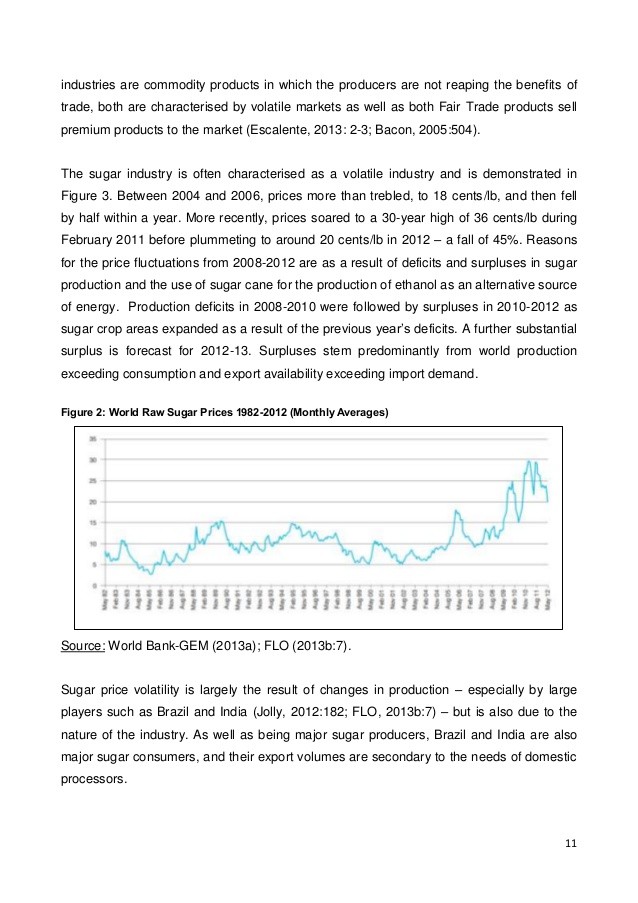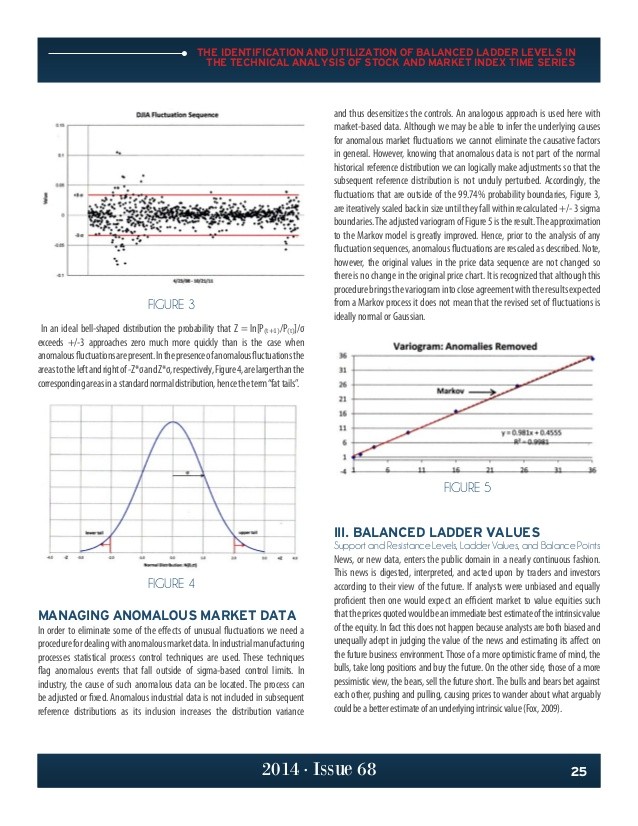The Benefits of Technical Analysis in a Volatile Market (Kramer Research)
Post on: 9 Июнь, 2015 No Comment

The Benefits of Technical Analysis in a Volatile Market
As I mentioned last week, its been a volatile start of the year. Again this week, we saw stocks move sometimes very quickly on oil prices, economic data, earnings reports and Greece. The ongoing debt crisis in Greece has heated up again, and it caused a couple of sharp drops in the market, one Wednesday and one today.
I still expect stocks to be higher by the end of the year, but there will be more ups and downs along the way. I dont think the market is going back to the unusually calm environment we saw for much of last year, which is why I put together this series of articles talking about ways to profit in a more volatile market.
Last week, we talked about how buying deeply discounted stocks lowers your risk and gives you a margin of safety to go along with upside potential. Value stocks sometimes move quickly (we made 15% in a week last October in one of my Value Authority stocks), but generally speaking, we expect to hold them for a period of time as the value increases.
This week, lets shift gears a bit and talk about a more active approach. To be clear, Im not talking about day trading, but rather using chart patterns and technical analysis to identify precise buy and sell points to catch stocks as they break out.
Targeting Entry and Exit Points
Stocks have trading rhythms, and it can be especially helpful to use those rhythms to your advantage in a fast-moving environment. Technical analysis is one way to do that, the goal being to identify attractive buy and sell points to both increase profits and reduce risk.
As you may know, there are many forms of technical analysis, and all have their strengths and weaknesses. Let me share two that I often find helpful:
1. Moving Average Convergence/Divergence: Known by its abbreviation, MACD, this indicator measures the difference between short-term and long-term moving averages. Taken together, the relationship between them tells us whether the current price action is accelerating or fading.
When the difference between the averages results in a positive number (short-term average is above the longer-term average), it indicates an upward trend, which is a good time to buy. When it is negative (long-term average is above short-term), it suggests a downward trend and a heavier foot on the brake pedal. It might take a while to completely stop, but the tailwind is gone, which is a time to consider selling.
2. The Relative Strength Index: Traders love abbreviations, because this one is referred to as RSI. It measures the speed and direction of price movement over a period of time, making it useful in determining when a stock is oversold and ready for a bounce (time to buy) or overbought and ready for a pullback (time to sell).
The RSI is plotted in a range between zero and 100. Readings at different points along this range tell us a little more clearly which direction a stock is headed. For instance, a reading below 30 indicates the stock has been pushed into technical oversold position. On the flipside, when the RSI gets over 70, a stock can start to look overheated.
Our Strategy In Action

I find these indicators helpful in many ways, but especially when identifying lower-priced stocks that are on the verge of breaking out. We had a great example of this just this morning when we booked 16% profits in a stock we had just bought last Thursday.
On Semiconductor (ONNN) is a chip maker with a significant presence in key smartphone and automotive markets, growing primarily through well-timed mergers and acquisitions (M&A). This stock had been on my radar for a while. We bought when the RSI was hanging out just above 50. Thats not down to the oversold level, but looking at the chart, ONNN had fairly clear support from the long-term price trends.
These were classic signs of a rally in the early stages, which is exactly what ONNN did following its earnings report on Thursday. The stock spiked around 13% today after releasing the results. Once investors saw that ONNN had been firing on all cylinders, the stock took off and we locked in our quick profits. The RSI also popped over 70, which doesnt guarantee the momentum is about to fade, but in this choppy environment, its best to lock in those gains.
I recommended ONNN in my Breakout Stocks Under $10 service, which is where we use technical analysis to identify entry points, lock in quick profits and then rotate into a new opportunity giving us an attractive technical, chart-driven entry point another effective strategy to use when the broader market is volatile.
If youd like to learn more about how we use charts and technical analysis to identify precise entry and exit points, even when the rest of the market is swirling around us, click here to learn more about my Breakout Stocks Under $10 service .
Sincerely,














